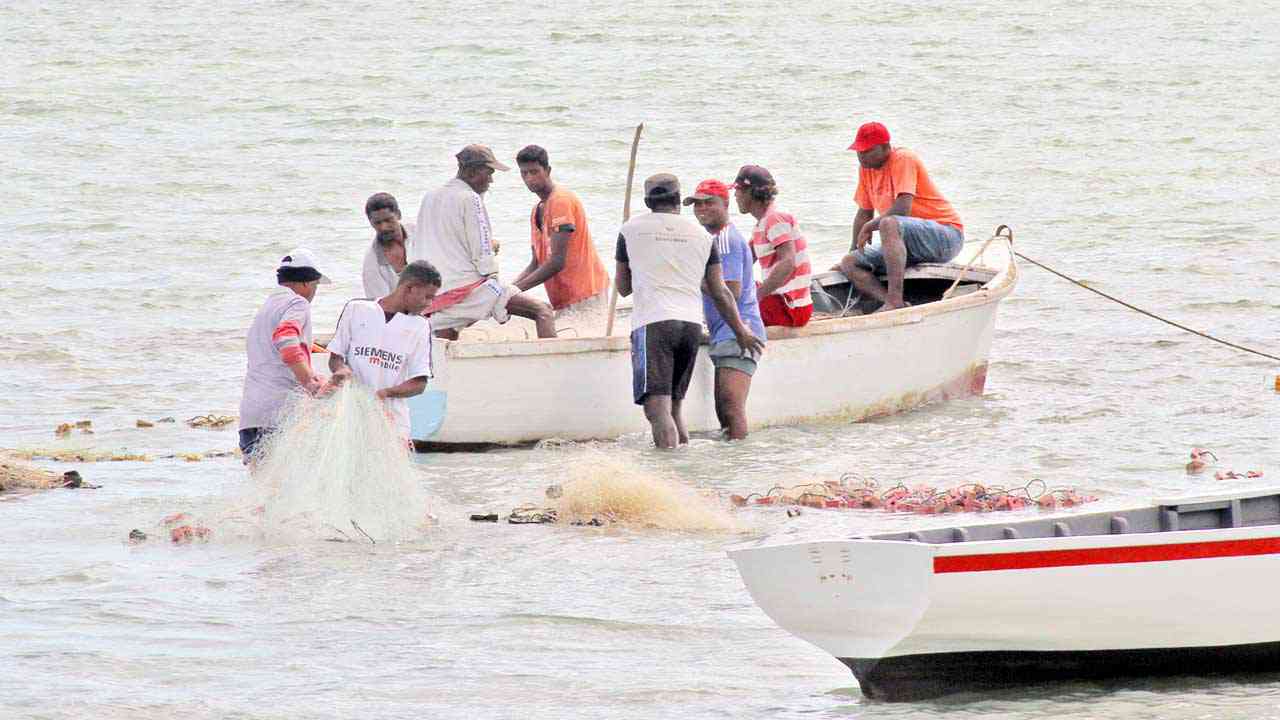
Despite a slowdown over the past few years, the seafood sector seems to have a bright future. Its contribution to Gross Domestic Product is expected to reach Rs 3.4 billion at the end of 2016, a figure more or less the same as last year. However, if emphasis is laid on the development of value-added product, the growth is expected to be much higher.
The Ocean Economy comprises of both direct and indirect ocean-related economic activities. The main activities contributed Rs 34 billion to Gross Domestic Products. Among those, we found that the Seafood Fishing and processing sector contributed to around Rs 3,561 million in 2015 and the figure is expected to drop slightly to reach Rs 3,544 million at the end of 2016. These are the latest figures obtained from the Ministry of Finance.
Regarding exports, the figures have almost doubled. The volume of fish products (whole and processed) exported increased from 1,217 tons in 2011 to 3,006 tonnes in 2015. The president of the Mauritius Export Association (MEXA), Yogesh Singh states that growth in the seafood sector is more or less stable because we have already reached the volume limit for fishing. “The question of increasing the volume of fishing does not rise at all as we have already reached our limit,” he says. Besides, he recalls, one of the main measures of the Indian Ocean Tuna Commission (IOTC) at the annual meeting this year is to reduce the volume taken in the Indian Ocean zone. Thus, he continues, growth in the fishing volume will remain stable for years to come.
Government support needed
However, the president stresses that the country can concentrate on the production of value-added products. “There is a great potential to be exploited in the seafood processing segment. Therefore, local operators must adopt new strategies and focus on value-added products,” he recommends. For the director of Hassen Taher Seafoods, Bahim Taher, the sector looks promising. However, he believes there will be no growth if the government does not support local operators. “For years, we have been requesting for the support of the State so that we can get bank loans at preferential rates. To develop the niche of the seafood processing, we must invest heavily in new technologies and in the purchase of new equipment, which is very expensive,” he laments. According to him, if the necessary support is provided to operators, the sector’s contribution to the economy can exceed Rs 4 billion yearly.
In fact, it has been noted that growth in the value-added fishing has been increasing steadily over the years. In five years, the contributions have nearly tripled. In fact, value added fishing has increased from Rs 341.8 million in 2010 to Rs 885 million in 2015.
Vigilance
However, the chairman of Seafood Council of MEXA states that to be able to keep the Mauritian seafood industry alive, there is a must to enforce protection in our seas.
“This is why we put so much emphasis on the sustainability of resources. Without fish, there is no industry,” says Patrice Robert. According to him, the sector currently employs over 7,000 persons, directly and indirectly and contributes to make our island a Seafood Hub, although the main port of landing tuna is Seychelles. The industry, he says, operates in a highly competitive international environment, like the textile and vigilance at all times is a must.
To upgrade the sector, large operators are already taking actions. For example, Princes Tuna Mauritius is working in partnership with others in the industry to further improve the sustainability of tuna fishing and reduce its environmental impact. “Our work is in three key areas: partnerships, fishery improvement projects and monitoring & compliance,” says a source. In fact, Princes Tuna Mauritius (PTM) is the largest tuna processor in Mauritius and one of the biggest employers. It directly employs over 2,000 people. Approximately 50 percent of the Princes-branded tuna we sell is from the Indian Ocean and processed by PTM. It should be noted that the company is one of the most technologically advanced tuna processing facilities in the world and it was the first global supplier of canned tuna to hold the SA8000 certification for social accountability.
Developing new markets
Between 80% and 95% of the non-target catch in purse seine fisheries consists of minor tuna species such as kawakawa, frigate and bullet tunas or other finfish such as mahi-mahi, rainbow runner, wahoo and triggerfish. Most of these species are known to be highly productive and their stocks are not considered to be under threat. Princes is currently supporting a project to find a market for this fish. This is being scoped currently with ISSF. Pilot trials will also be conducted in major landing and transshipment ports throughout the world to better understand how the catch of finfish could be better utilised for food security, including Mauritius.







